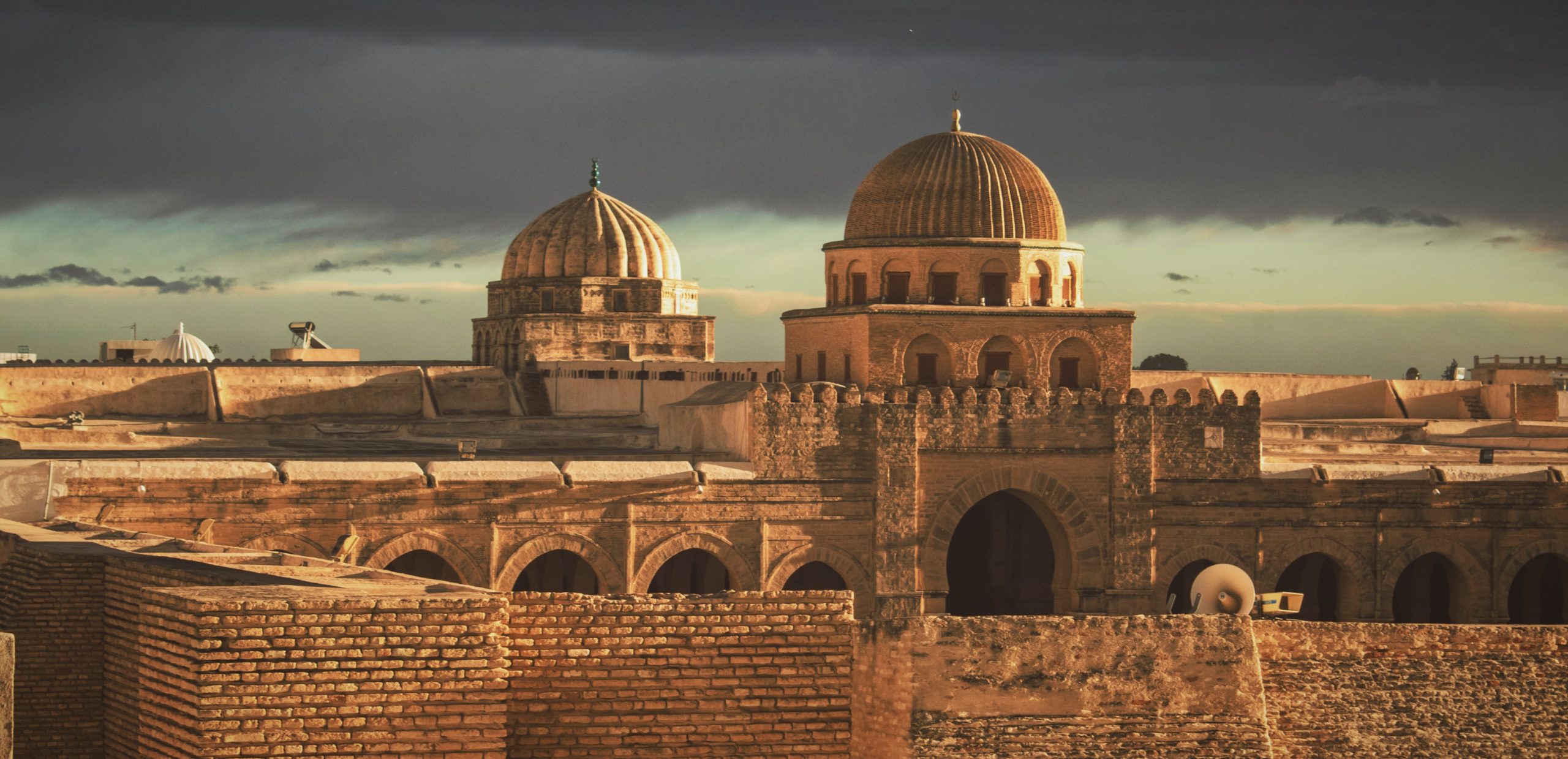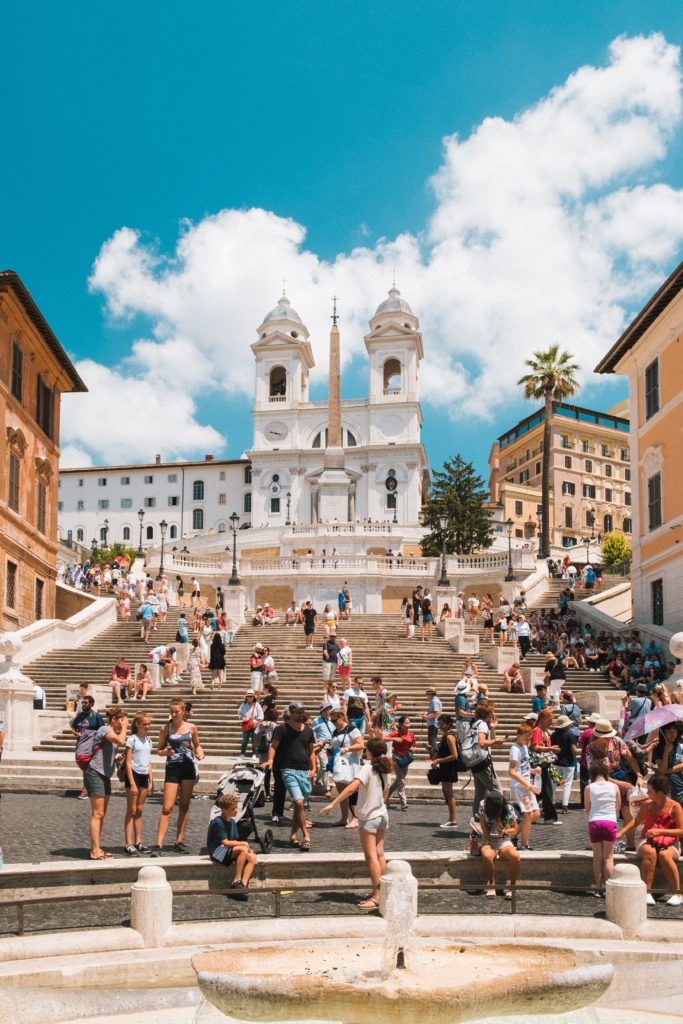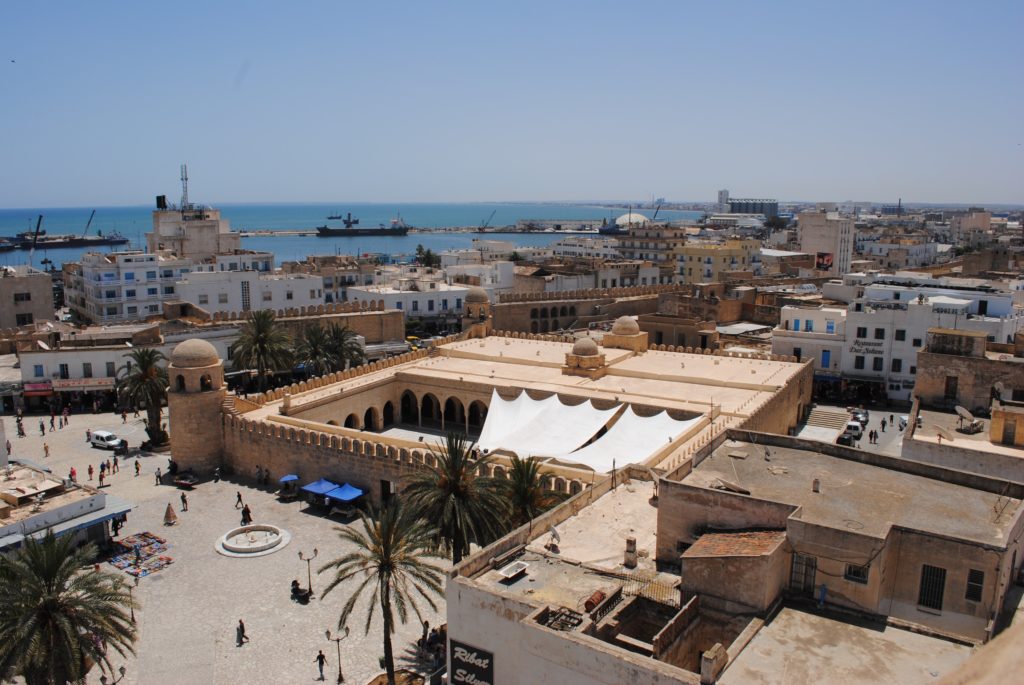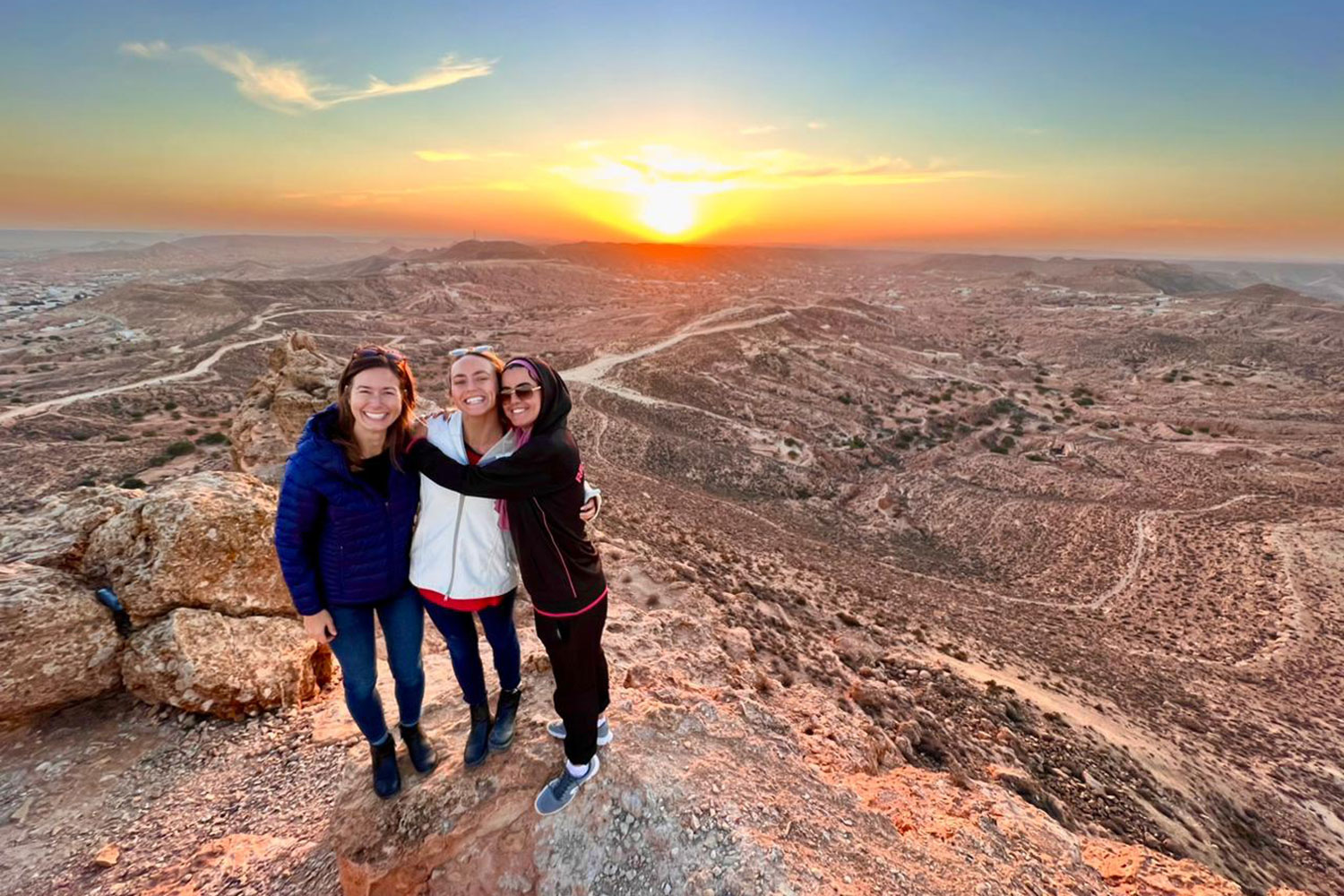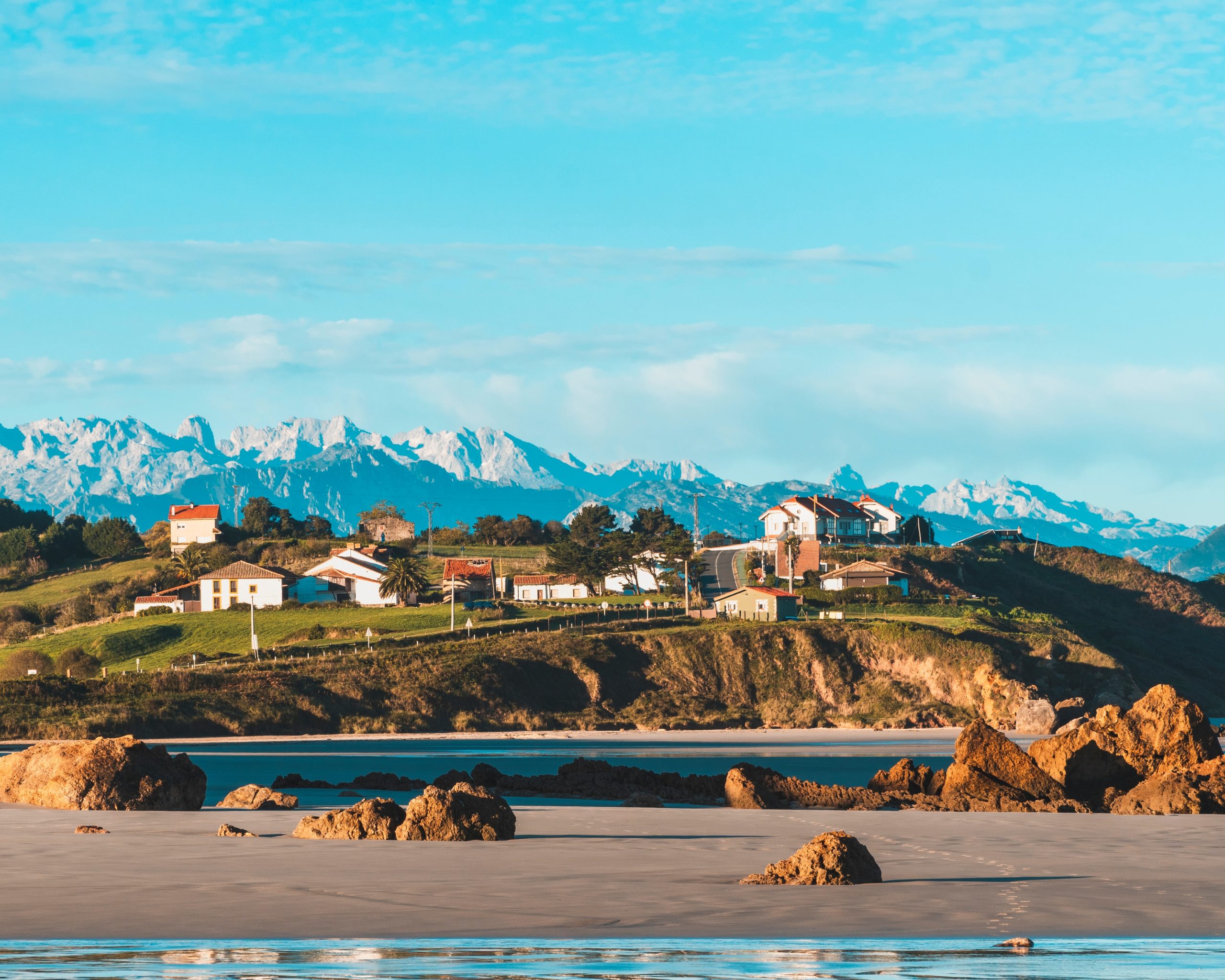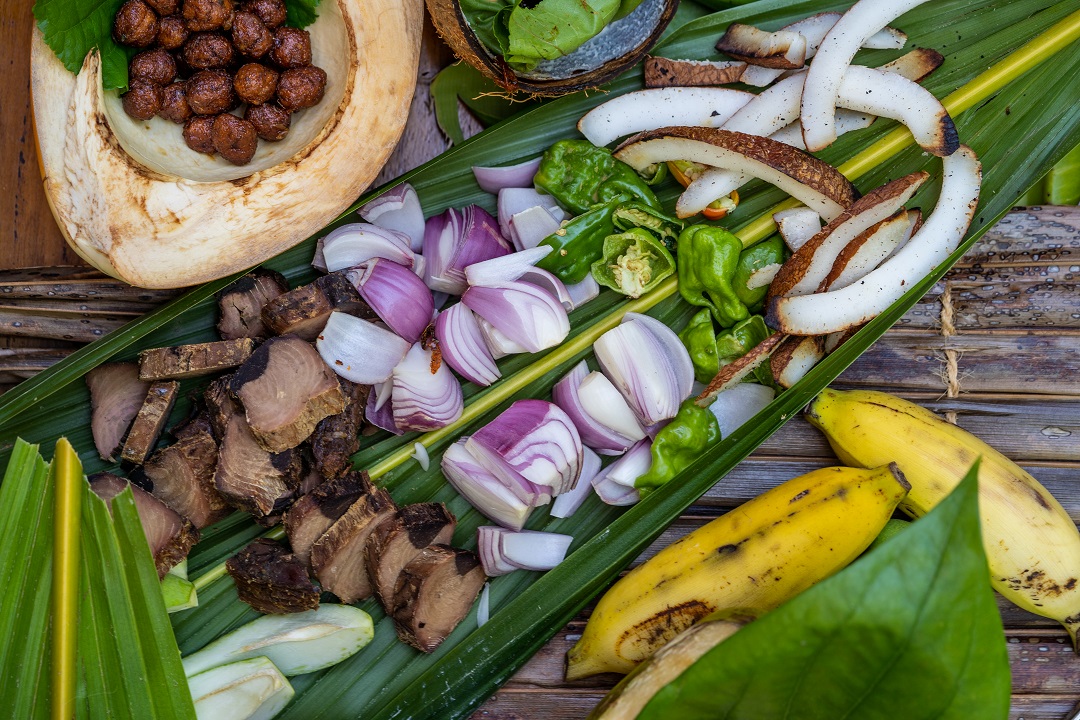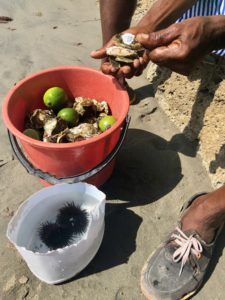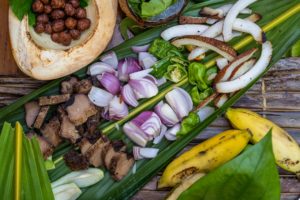Sustainable tourism certifications are designed to voluntarily assess and monitor the environmental and social impacts of tourism organizations or destinations that facilitate tourism activities. Accreditation is done by certification bodies according to many criteria regarding business practices, social policy (i.e. human rights, fair labour, and child protection), environmental impact (i.e. CO2 emissions, water, waste, biodiversity, animal welfare), supply chain and procurement, business partners, and more. To the consumer, these labels indicate that a baseline of generally accepted requirements for sustainable tourism is met and that the company is committed to a sustainable approach to the environment and the local community in a particular destination. But do sustainable tourism schemes truly work as intended?
Conventional Tourism
Conventional tourism has a negative impact on the globe. A 2018 study by Nature Climate Change reported that over 8% of global greenhouse gas emissions were traced back to the tourism industry. Wracked with carbon emissions, environmental and habitat damage, careless infrastructure development, and human rights violations, tourism is not often a champion of environmentalism. Furthermore, rarely does the money from tourism traffic filter down to individual people in tourism destinations. Many of the big players in tourism get wealthy, while small, independently-owned companies and individuals can be pushed out of popular destinations by increasing property values.
When the tourism industry in a destination becomes saturated with corporate interests, economic insecurity and growing wealth inequalities among local people in popular destinations, especially in the global South, can be the result. Rapid infrastructure development may contribute to environmental damage of fragile habitats, increased resource use can damage surrounding ecosystems and limit local access to critical resources including food and water, and the commodification of culture can compromise the authenticity and local community’s agency over their cultural practices. Furthermore, tourism is growing. In 1960, there were about 70 million international tourist arrivals. Today, there are almost 1.5 billion. This movement is immense and unlikely to wane.
Despite many ill environmental and social effects of conventional tourism, the benefits of truly sustainable tourism approaches are plenty. Tourism can strengthen communities with increasing tourist capital and economic opportunities, reduce wealth inequality, incentivize investments in local infrastructure, including health care and education, facilitate cross-cultural exchange, and improve the visibility of important heritage sites, natural landscapes, and fragile ecosystems. The large numbers of travelers represent an opportunity to direct growing tourism into environmental and socially beneficial efforts. Thus, the question becomes even more potent in an increasingly global, and environmentally strained world: is there an avenue for tourism that can capitalize on the benefits of increasing tourist traffic, while minimizing the industry’s damages?
The Solution?
A movement towards more sustainable tourism, or ecotourism, can be part of this solution. Raising awareness about the impact of tourism and bringing stakeholders together is one way to achieve this through Sustainable Tourism Certifications. Over the past three decades, many initiatives have taken shape, with different sets of standards and resulting in many different schemes. Because the certification process is voluntary and because of the abundance of labels that are emerging, sustainable tourism certifications are often criticized and viewed as greenwashing (misleading labeling or unjustified claims of sustainable practices). Therefore, complete transparency of practices, measures, and results is the most important condition for a process toward sustainable development of an organization or destination.
When these schemes involve a number of stakeholders, including customers, small businesses, corporate interests, and local service providers, and consider the environmental impact of the effort as a whole entity, they can be incredibly valuable, sustainable, and regenerative economically and environmentally. These efforts could contribute to the achievement of many of the United Nation’s Sustainable Development Goals, including minimizing poverty, hunger, and gender inequalities, and improving education, work opportunities, safe industry and infrastructure, and responsible consumption.
Sustainable tourism certification schemes explained
The leading international organization in the field of tourism is UNWTO (United Nations World Tourism Organization). They promote responsible, sustainable, and accessible tourism as a driver of economic growth and inclusive development. About 15 years ago, the Global Sustainable Tourism Council (GSTC) was formed by 32 tourism industry partners, including UNWTO and Solimar International, to foster universal sustainable tourism practices. They developed a method for accrediting certifying bodies and certification programs, with the aim that these programs are objective and transparent. In essence, the GSTC provides the standards and the stamp of approval of the certification programs themselves, rather than getting involved in the direct certification of businesses or destinations; that is the job of the numerous sustainable tourism certifications adopting GSTC criteria.
For example, Green Destinations is one GSTC-accredited certification body for destinations. They support global destinations and tourism organizations with their sustainable tourism certification schemes, focused on a sustainable management cycle of continuous improvement and assessment of responsible tourism. Green Destinations uses the GSTC criteria, adapted for specific destination contexts, to certify destinations based on their level of sustainability performance. Solimar International and Green Destinations are working together at the country level including in destinations like Timor-Leste and the Maldives to share best practices, such as through the Green Destinations Top 100 Competition, and the Green Destinations Good Travel Seal White Label Certification Scheme. These programs enable recognition of destination sustainability efforts while providing important information to travelers seeking sustainable experiences.
Several other notable schemes which are effective in encouraging environmental awareness may not be GSTC accredited, but they do include the GSTC standards and/or the 17 Sustainable Development Goals. Blue Flag has a global accreditation program for beaches, marinas and tourism boats and promotes sustainable development in freshwater and marine areas. GreenKey audits and certifies tourism establishments (accommodation, restaurants, attractions and more) and promotes sustainable methods of operation and technologies, offering carbon and water calculation tools. Travelife is a certifying body for tour operators and travel agents. The program includes managing the impact of accommodation, transport and excursion providers. They offer a wide range of training and management tools to improve social and environmental impact in the destination. Biosphere tourism is a certification scheme that includes companies involved in destinations, events, hotels, and transportation, measuring environmental performance and social and cultural impacts.
Limitations of Sustainable Tourism Certification Schemes
Certification schemes are not without their complexities. Currently, over 100 companies claim to have developed sustainable tourism certification schemes to measure the impacts of tourism, from municipal waste, climate costs, and financial burdens. While these schemes tout their accreditation methods, many are certifying that the stakeholders they work for have met a minimum standard, instead of encouraging improved environmental and human conditions. Most certifications reward companies for doing their homework, but they don’t set standards for minimum wages, workers rights, and environmental initiatives.
Importantly, certification schemes must be transparent in order to be credible. Many resulting figures and measures from certifications are often unavailable to the consumer. Contrary to other certification schemes, sustainable tourism accreditation is often measuring progress or an effort to track progress against an unknown baseline. Certification programs such as Green Destinations offer destinations a goal to work towards improving their sustainability practices, which is an important aim in and of itself.
While it is critical that businesses measure impact and costs, the bigger picture can still have a negative impact. A company is part of a complex system, where the individual business may meet the criteria, but still harms the system as a whole. An example could be a certified hotel in a desert area. The hotel is incredibly resource intensive, extracting a depth of resources from a water-poor desert environment. Operations like this do not serve people or the environment.
In this case, the certifications the hotel has received are effective at attracting lucrative business and well-intentioned customers, but not for creating equitable environmental and social conditions for local ecosystems and people. Usually, there are no obligations to keep profits at the destination to contribute to this local ecosystem, but international chains shift their earnings to tax havens. Updating these certification schemes to include minimum requirements for acceptable environmental practices and working conditions for employees and include a fair contribution to the local ecosystem could hugely improve the broader sustainability goals.
Conclusion and Further Readings
Despite these limitations that can lead customers astray, the efforts to become a certified sustainable tourism business offer opportunities to improve environmental and social circumstances, address climate change, land use, animal welfare, and create healthy economies. Successful integration of sustainable practices and management can support a sustainable socioeconomic development strategy, increased economic security, and improved environmental conditions.
Do you represent a destination of tourism organization interested in being certified as sustainable? Solimar can help you to choose a certification program that suits your future sustainability goals. Contact us to learn more.

